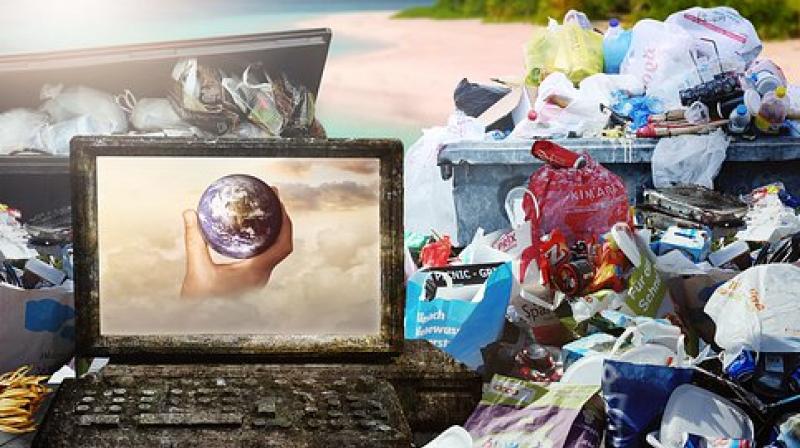Unwanted pile up of plastic waste causing hazzard

Recycling plastic waste can significantly help the environment. But how much of the plastic we use is being recycled and in the right way? How much of it is ending up in the environment or landfills and are causing newer problems that are difficult to fix?
A new report finds that we are often drinking a credit-card size amount of plastic along with water every week. This new finding highlights that a number of plastic bottles that people drop on the streets of New York aren't always broken down or made into some new product. Thus, these end up lying around the globe around the beaches or even in someone's backyard, according to Live Science.
The US is known to ship over one million tons of plastic waste overseas every year. Out of that one million, most of the plastic used to land in China for recycling, until it put a stop to the import of plastic waste in 2017.
Moving away from China, much of the plastic waste is now redirected to some of the poorest nations including Bangladesh, Ethiopia, Laos, and Senegal, according to The Guardian. The US in 2018 shipped about 68,000 containers with plastic waste to some developing countries, which mishandle about 70 per cent of their own plastic waste.
For example, Malaysia improperly disposes 55 per cent of its own plastic waste, and yet it receives more US recyclables than any other country. The report also added that an estimated 20-70 per cent of the plastic waste going for recycling facilities worldwide is not fit for use hence discarded as trash.
This unwanted pileup of plastic around the beaches or even in the processing facilities in these countries is posing serious health hazards to people who are subjected to contaminated water supply with the smell of plastic fumes in the water.

